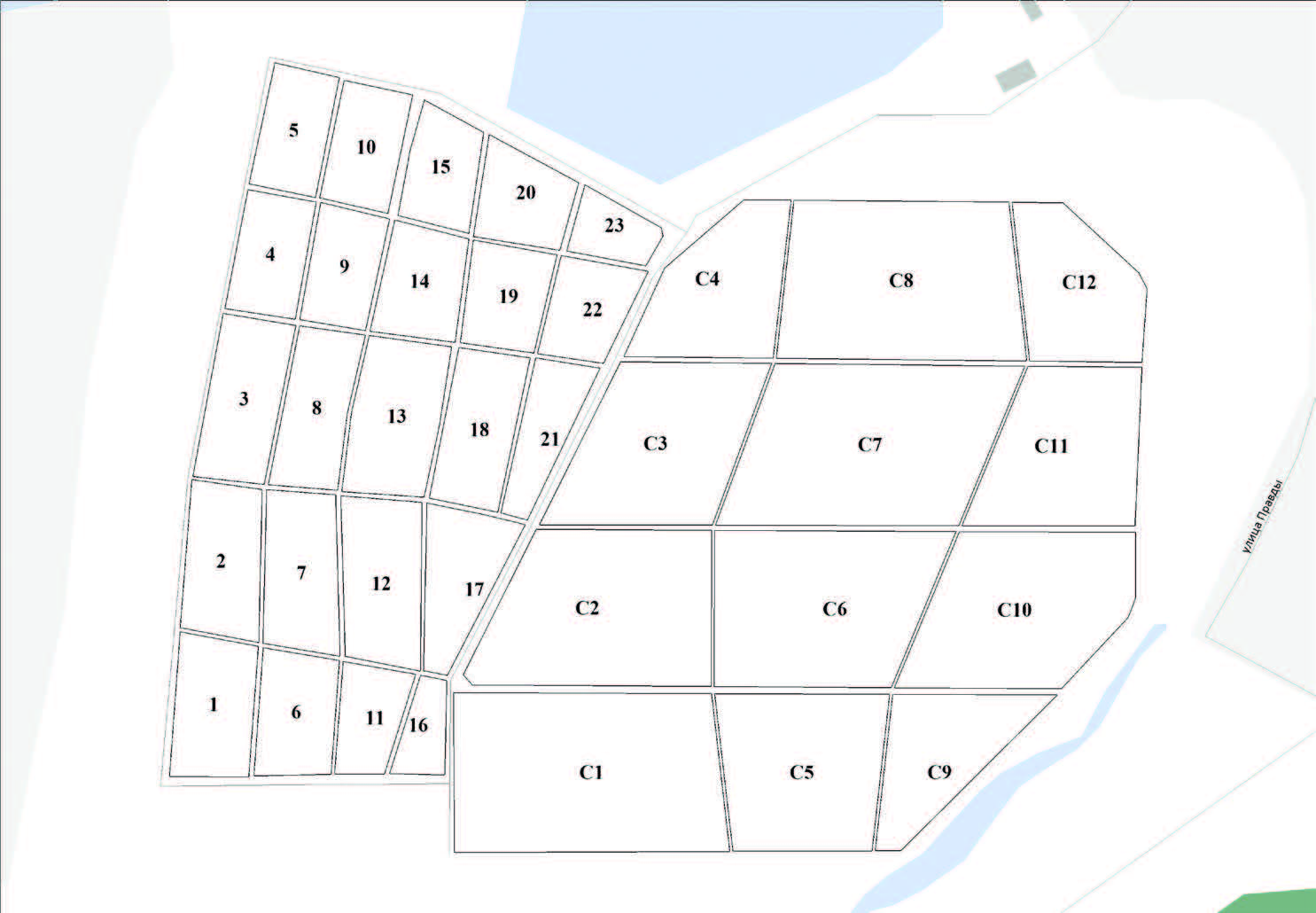Toxicological characteristics of sewage sludge cards of Kazan
Keywords:
sewage sludge, toxicity, infusoria, crustaceans, wheat, hazard class, класс опасностиAbstract
Toxicological characteristics of sewage sludge cards of municipal unitary enterprise «Vodokanal» of Kazan were studied. Sewage sludge cards have been identified, the precipitation of which has the strongest negative impact on the test objects. It is shown that
regardless of the spatial location within the card and the depth of occurrence, the toxicity of sewage sludge remains approximately at the same level. There is no relationship between the toxicity of sludge, depth, and its localization within a particular card. The relationships between the content of organic substances (according to COD and BOD5) in the water extract from the sediments of old cards and their toxicity in relation to the test objects Ceriodaphnia affinis and Triticum vulgare were established. Sewage sludge
belongs to the IV-V hazard class, which allows its use as fertilizers, in landfills, for the reclamation of disturbed land.
References
GOST R 17.4.3.07‒2001. Ohrana prirody. Pochvy. Trebovania k svojstvam osadkov ctochnyh vod pri ispol´zovanii ih v kachestve udobrenij [Nature protection. Soils. Requirements for the properties of sewage sludge when used as fertilizer].
GOST R 54534‒2011. Resursosberezhenie. Osadki stochnyh vod. Trebovania pri ispol´zovanii dlya rekul´tivatsii zemel´ [Resources saving. Sewage sludge. Requirements for recultivation of disturbed lands].
GOST R 54535‒2011. Resursosberezhenie. Osadki stochnyh vod. Trebovania pri razmeshchenii i ispol´zovanii na poligonah [Resources saving. Sewage sludge. Requirements for waste dispose and use at landfills].
GOST R 56226‒2014 Resursosberezhenie. Osadki stochnyh vod. Metody otbora i podgotovki prob [Resource saving. Sewage sludge. Methods of sampling and sample preparation].
MR 2.1.7.2297‒07. Obosnovanie klassa opasnosti othodov proizvodstva i potreblenia po fitotoksichnosti. 2.1.7. Pochva. Ochistka naselennyh mest. Bitovye i promyshlennye othody [Justification of the hazard class of production and consumption waste by phytotoxicity. Soil. Cleaning of populated areas. Household and industrial waste].
PND F T 14.1:2:3.13‒06, PND F T 16.1:2.3:3.10‒06 Metodika opredelenia toksichnosti othodov, pochv, osadkov stochnyh, poverhnostnyh i gruntovyh vod metodom biotestirovania s ispol´zovaniem ravnoresnichnyh infuzorij Paramecium caudatum Ehrenberg [Method for determining the toxicity of waste, soil, sewage, surface and ground water sediments by bioassay using Paramecium caudatum Ehrenberg
equal-scale infusoria].
Prikaz Ministerstva prirodnyh resursov i ekologii RF ot 4.12.2014 g. №536 «Ob utverzhdenii Kriteriev otnesenia othodov k I-V klassam opasnosti po stepeni negativnogo vozdejstvia na okruzhayushchuyu sredu» [Order of the Ministry of natural resources and ecology of the Russian Federation No 536 of 4.12.2014 «On approval of criteria for classifying waste to hazard classes I-V according to the degree of negative impact on the environment»].
FR.1.39.2007.03221. Metodika opredelenia toksichnosti vody i vodnyh vytyazhek iz pochv, osadkov stochnyh vod, othodov po smertnosti i izmeneniyu plodovitosti tseriodafnij [Methodology for determining the toxicity of water and water extracts from soils, sewage sludge, waste by mortality and changes in the fertility of ceriodaphnia].





